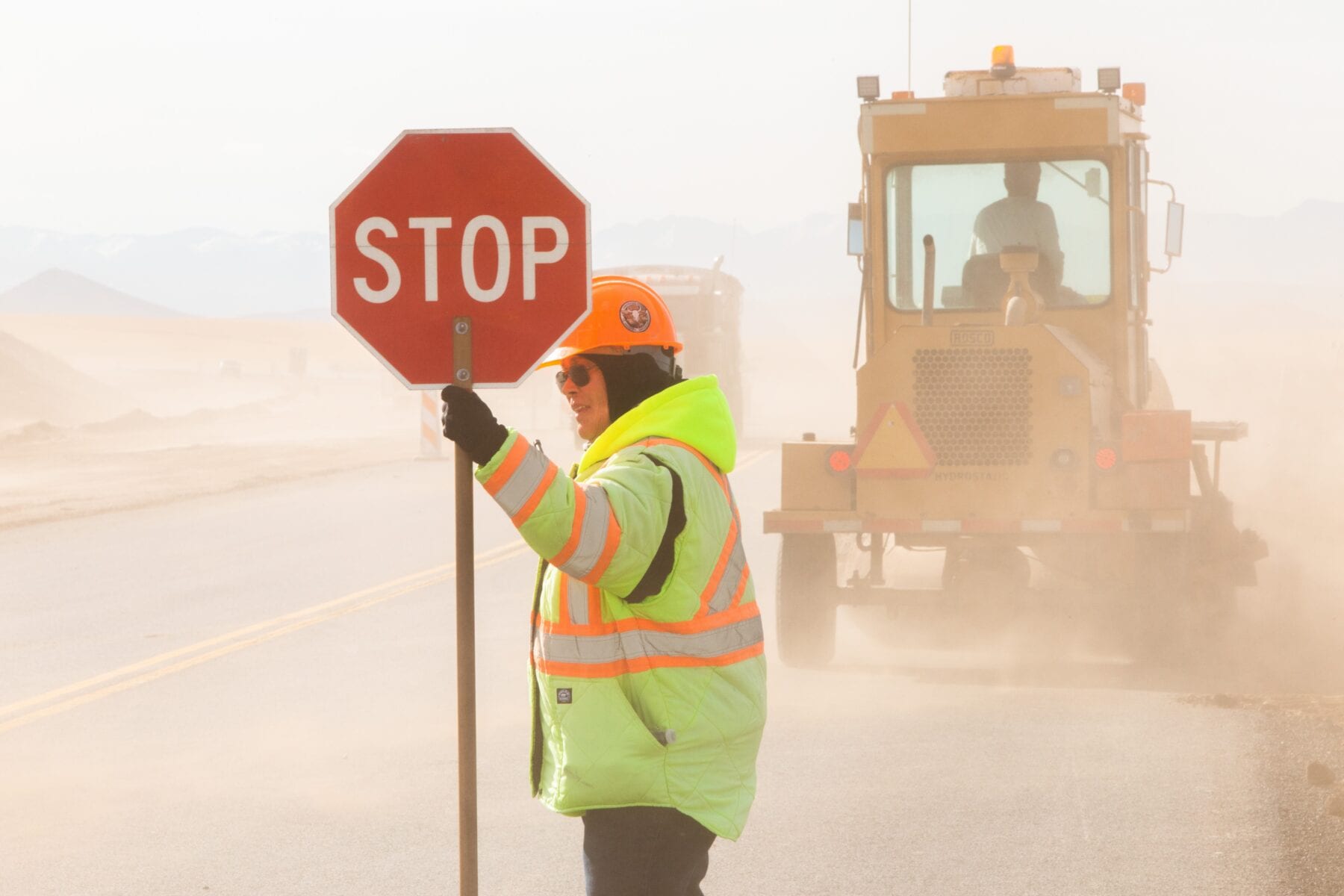Thinking about safe driving can never happen too often for a commercial truck driver, especially in the winter weather season. Here are some straightforward, common-sense, safe driving tips to keep in mind for you and those around you on the roadway.
1. Defense! Defense!
Commercial drivers have to be constantly vigilant to detect unexpected road conditions, distracted drivers, and motorists who do not understand how commercial vehicles operate. Scan ahead about 15 seconds (a quarter mile on interstates, or one to two blocks in cities) for traffic issues, work zones, and other dangers. Check mirrors every 8-10 seconds to be aware of vehicles entering your blind spots.
2. Signal for Safety
Signal and brake to give other drivers plenty of time to notice your intent. If you must pull off the road, use flashers, reflective triangles, and road flares to alert approaching drivers.
3. Know When to Slow Down
Driving too fast for winter weather conditions or failing to slow down for curves or ramps can create risks for spills and rollovers, as well as crashes. Especially if the truck contains heavy cargo – the sturdiest of ratchet straps might not be enough to hold onto it if you do not slow down on the turns.
4. Maintain Your Vehicle
Especially with the upcoming winter weather, make sure that pre-trip safety inspections are completed, particularly for tires and brakes. Your life depends on them. Make sure your load is well balanced and secure, as a shifting load can cause a rollover or loss of control. Loose materials create road hazards.
5. Buckle Up
Use your safety belt every time. Safety belts save lives, reduce injuries, and allow drivers to stay inside and in control of their vehicles in case of a crash. 30% of truck drivers involved in fatal crashes were partially or totally ejected from their vehicles. It is also important to check and see if your airbags are working correctly as you do not want your airbag light to come on when you are on a long drive.
6. Stay Sharp
Get enough rest; don’t drive when you have fatigue or are too ill to focus. Often, medications (including over-the-counter medicine) can make you drowsy or dizzy, so be careful to read the warning labels before use. It is always best to contact your dispatcher to communicate the issue and discuss the next steps when you are fatigued.
7. Get the Right Trip Planning Info
It is essential to stay up-to-date on the weather and road conditions for your trip ahead. Start with checking the weather along your route. Next, understand upcoming detours and mountainous routes for safe driving and coordinating drive time. Be aware that non-commercial navigation systems and apps may not provide warning of height and weight limitations and other commercial vehicle restrictions.
8. Practice Work Zone Safety
Work zones present many hazards, like lane shifts, sudden stops, uneven road surfaces, moving workers and equipment, and confused passenger vehicle drivers. In 2016, 27% of fatal work zone crashes involved at least one large truck compared to only 11% of all fatal crashes – so it’s vital to take work zone safety seriously.
Slow down, maintain extra following space and be ready to stop. Obey all work zone signs and signals.
Scan ahead for changing traffic patterns, and be alert to vehicles entering your blind spots. Keep a sharp eye out for road workers and flag crews.
9. Never Drive Distracted
Texting is among the worst driving distractions. The odds of being involved in a crash, near-crash, or unintentional lane deviation are 23.3 times greater for truck drivers who text while driving.
Research shows that drivers texting while driving took their eye off the forward road for 4.6 seconds on average. As a result of those 4.6 seconds, a truck driver traveling 55 mph will have no eye contact with the road for 371 feet (more than the length of a football field!).
It’s illegal for commercial drivers to text while driving. Specific restrictions on using mobile devices include the device being hand-free and dialed using no more than one button.
In addition, eating, drinking, interacting with navigational device, map reading, controlling a pet or any other activity that takes focus off the road can also be a deadly distraction. If you must attend to an activity other than driving, get off at the next exit and find a place to stop – it is not worth the risk!
Source: https://www.fmcsa.dot.gov/ourroads/tips-truck-and-bus-drivers










